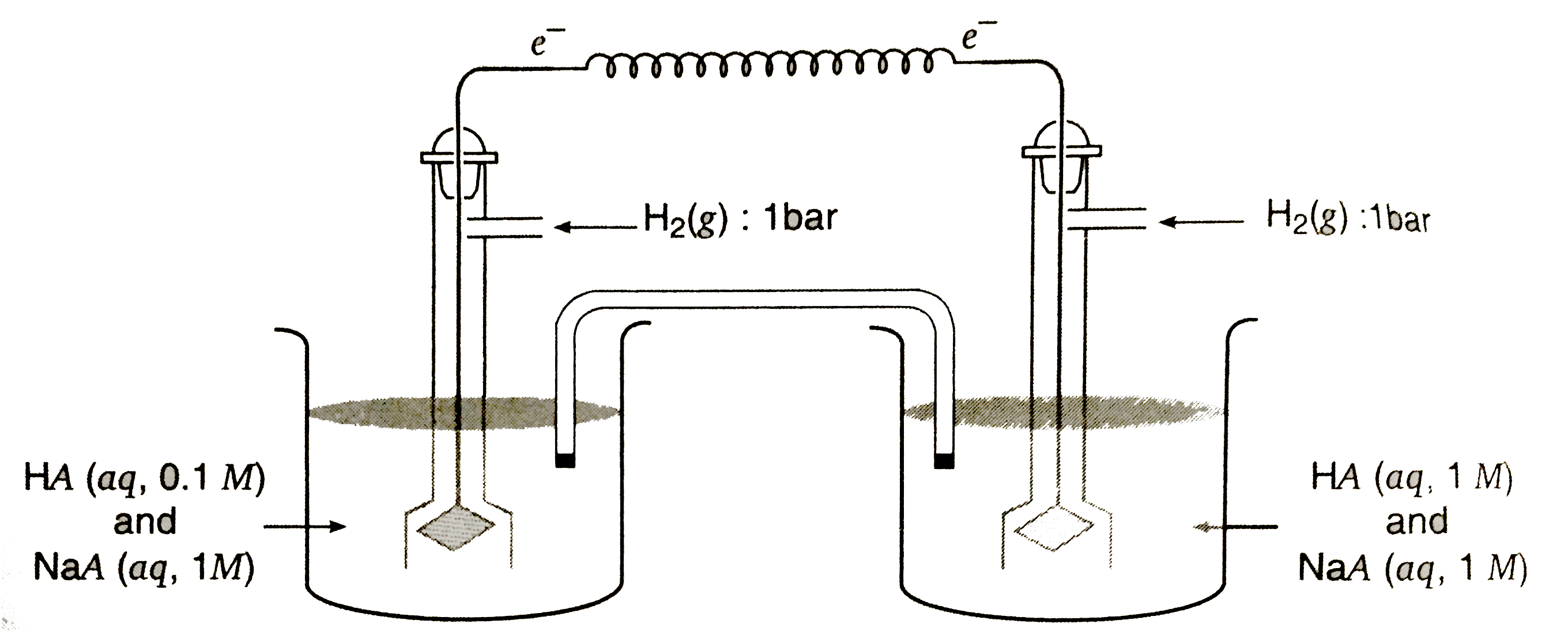What is a cell ?
Step-by-Step Solution:
1. Definition of a Cell:
A cell is defined as a membrane-bound structure that serves as the fundamental unit of life. It is the basic building block of all living organisms.
2. Structure of a Cell:
A typical cell contains several components:
- Cell Membrane: This is the outer layer that encloses the cell, providing structure and regulating what enters and exits the cell.
- Nucleus: This is the control center of the cell, containing genetic material (DNA).
- Cytoplasm: This is the jelly-like substance within the cell where various organelles are suspended and where many cellular processes occur.
- Cell Organelles: These are specialized structures within the cell that perform specific functions (e.g., mitochondria for energy production, ribosomes for protein synthesis).
3. Types of Cells:
- Unicellular Organisms: These are organisms made up of a single cell. Examples include bacteria and other prokaryotes.
- Multicellular Organisms: These are organisms made up of multiple cells. Examples include animals, plants, and humans.
4. Summary:
In summary, a cell is a membrane-bound structure that is essential for life. It can be unicellular or multicellular, depending on whether it consists of one cell or many cells.
A cell is defined as a membrane-bound structure that serves as the fundamental unit of life. It is the basic building block of all living organisms.
A typical cell contains several components:
- Cell Membrane: This is the outer layer that encloses the cell, providing structure and regulating what enters and exits the cell.
- Nucleus: This is the control center of the cell, containing genetic material (DNA).
- Cytoplasm: This is the jelly-like substance within the cell where various organelles are suspended and where many cellular processes occur.
- Cell Organelles: These are specialized structures within the cell that perform specific functions (e.g., mitochondria for energy production, ribosomes for protein synthesis).
- Unicellular Organisms: These are organisms made up of a single cell. Examples include bacteria and other prokaryotes.
- Multicellular Organisms: These are organisms made up of multiple cells. Examples include animals, plants, and humans.
In summary, a cell is a membrane-bound structure that is essential for life. It can be unicellular or multicellular, depending on whether it consists of one cell or many cells.
Topper's Solved these Questions
- BOOK - ICSECHAPTER - CELL:THE UNIT OF LIFE EXERCISE - TOPIC 1 (3 Marks Questions )4videos
CELL:THE UNIT OF LIFE
- BOOK - ICSECHAPTER - CELL:THE UNIT OF LIFE EXERCISE - TOPIC 1 (5 Marks Questions )2videos
CELL:THE UNIT OF LIFE
- BOOK - ICSECHAPTER - CELL:THE UNIT OF LIFE EXERCISE - TOPIC 3(5 Mark Questions )14videos
CELL:THE UNIT OF LIFE
- BOOK - ICSECHAPTER - CELL: THE UNIT OF LIFEEXERCISE - REVIEW QUESTIONS (E. STRUCTURED/APPLICATION/SKILL TYPE)3videos
CELL: THE UNIT OF LIFE
- BOOK - ICSECHAPTER - DIGESTIVE SYSTEM EXERCISE - PROGRESS CHECK42videos
DIGESTIVE SYSTEM
Similar Questions
What is the cell that receives a recombinant gene called ?
View SolutionWhat is the cell theory? Who propounded it and when?
View SolutionWhat is the cell theory ? Who propounded it and when ?
View SolutionA cell diagram shown below contains of one litre of buffer solution of HA(PKa=4) and NaA in both compartments. What is the cell e.m.f?
 View Solution
View SolutionWhat is cell cycle ? Diagrammatically explain cell cycle
View SolutionWhat is unit cell ? Write formula to calculate the density of a unit cell.
View SolutionWhat is cell division ?
View SolutionWhat is unit cell ? What do you understand by simple, face centred and body centred unit cells?
View SolutionWhat is solar cell panel ? Write some of its applications ?
View SolutionWhat do mast cells secrete ?
View Solution

